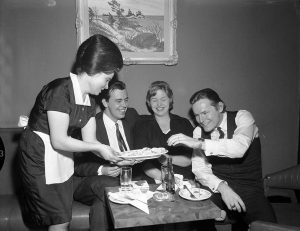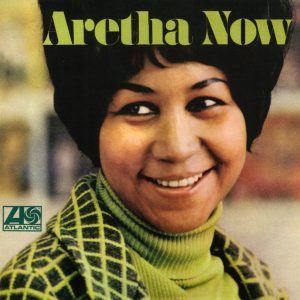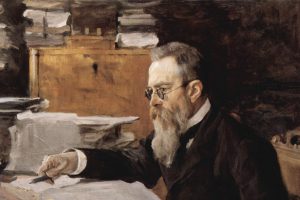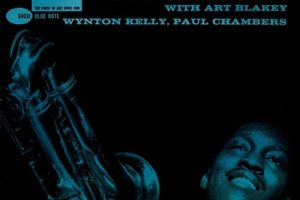The original members of the group played together in the rhythm section of the Dizzy Gillespie’s big band of the 1940s. They were John Lewis (piano), Milt Jackson (vibraphone), Ray Brown (bass) and Kenny Clarke (drums). The Modern Jazz Quartet became an “official” group in 1951 as The Milt Jackson Quartet. The next year, Percy Heath replaced Brown. For many years, the only other change was in 1955, when Connie Kay replaced Clarke.
The MJQ, wtih John Lewis leading the way, used classical structures and blended elements of bebop and cool jazz. The music was sophisticated. This is how Scott Yanow described the group at AllMusic:
The MJQ has long displayed John Lewis’ musical vision, making jazz seem respectable by occasionally interacting with classical ensembles and playing concerts at prestigious venues, but always leaving plenty of space for bluesy and swinging improvising. Their repertoire, in addition to including veteran bop and swing pieces, introduced such originals as Lewis’ “Django” and Jackson’s “Bags’ Groove.”
The site supporting Ken Burns’ Jazz documentary also has a nice overview of the group’s style:
The MJQ plays in a restrained, conservative bop style that is sometimes referred to as cool jazz. In its best moments it has a finely honed ensemble sound, owing in part to the long-standing association of the four excellent players and in part to Lewis’s compositions, which include some of the most carefully organized works in jazz history. The main soloist is Jackson, whose exuberant and rhythmically complex solos contrast effectively with Lewis’s restrained and deceptively simple manner of playing. By frequently accompanying Jackson with subsidiary countermelodies rather than the usual chordal punctuations of bop, Lewis creates a distinctive contrapuntal texture seldom heard in other bop performances. Throughout its long career the MJQ has also performed and recorded much third-stream music, combining techniques of European art music and jazz improvisation.
The lineup stayed the same until 1974, when Milt Jackson — tired of traveling and limitations on his improvisation — left. The band reunited intermittently thereafter.
The videos are the group’s two biggest songs. Above is “Bags’ Groove.” “Bags” was Jackson’s nickname. He wrote the song, which first was recorded by Miles Davis on an album of the same name. The recording included Clarke, Heath and Jackson. Below is “Django,” which is a tribute to guitarist Django Reinhardt.
AllMusic, Wikipedia and thte PBS site Jazz were used to write this post.










Add Comment